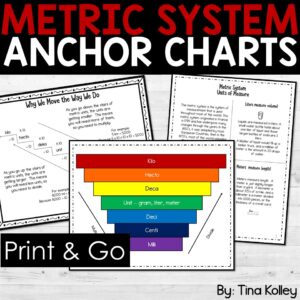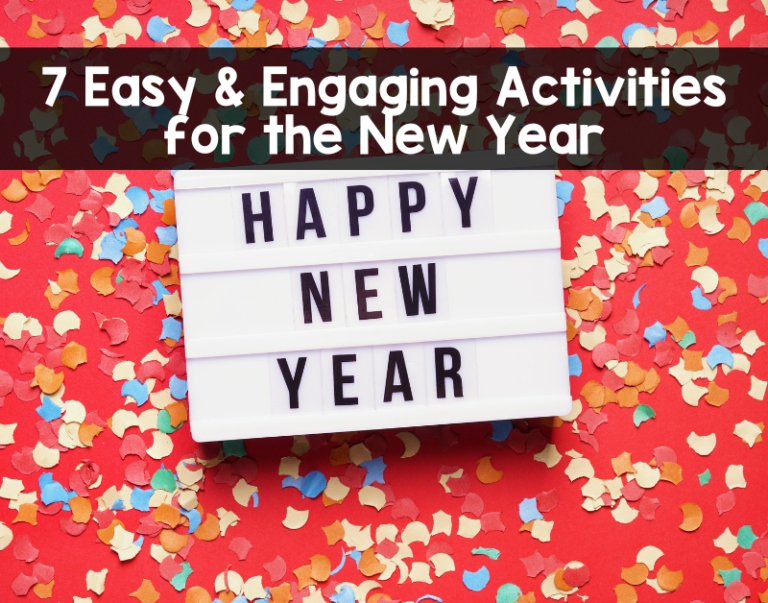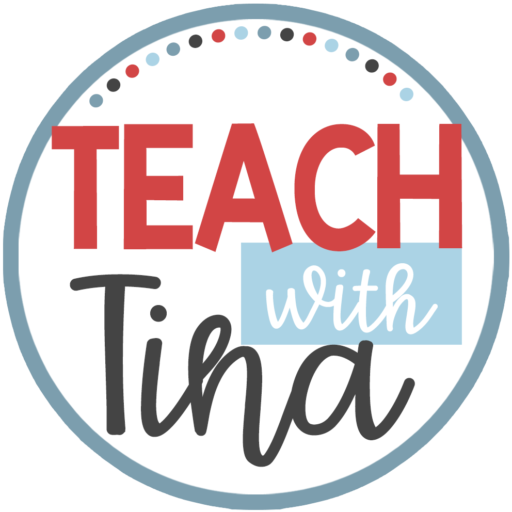Teaching the metric system to U.S. Upper Elementary students can be challenging! You can help your upper elementary students understand the metric system by following the steps and tips below.
Start with the basics by introducing the metric system as a way to measure things, just like the customary system your students are already familiar with. Explain that the metric system is used in most countries around the world, including scientific research.
Here are some activities I have used in my classroom to start teaching the metric system to my fifth graders.
Using Common Objects to Measure
The units we measure in, whether it be inches, centimeters, or stones, are really just amounts that have been accepted by society. For example, in Britain, weight used to be measured in “stone,” which equaled the amount of certain accepted stones, usually around 14 pounds. In ancient times, length was measured in cubits, which was the approximate length of one’s forearm. To help bring this point home, I ask my students to measure objects around our classroom using everyday items. I divide my students into small groups and give each group identical objects to measure. I then give them different objects to measure with. One group may receive paper clips, one group gets a piece of yarn, and another group may get unsharpened pencils. After measuring each object, the groups present their findings. I then ask the question, “How do we know which measurement is the correct measurement? ”
We then discuss the importance of having not only an accurate measuring system but also one we can all agree on.
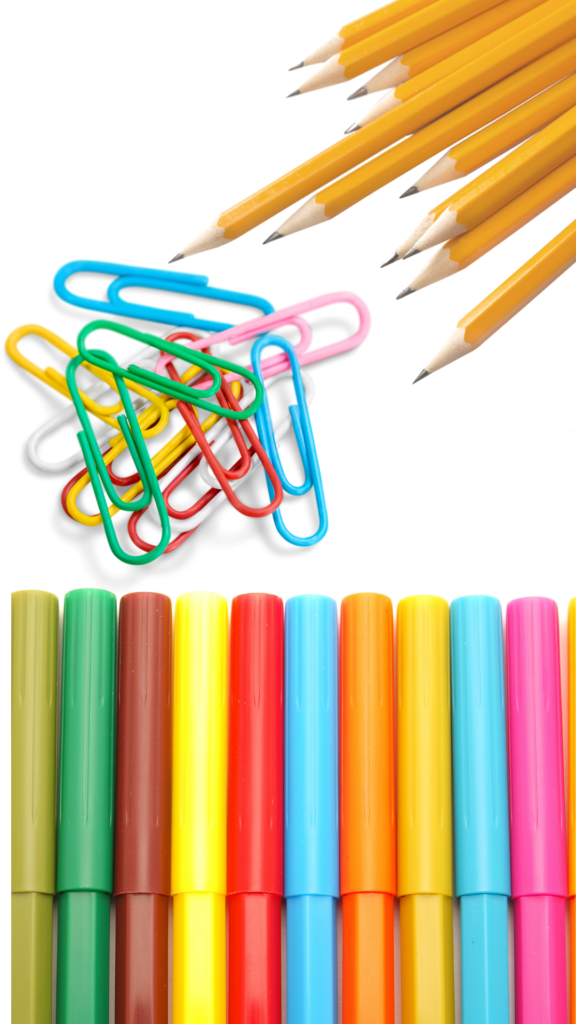
Explicitly Teach the Metric Units of Measure
Start with the base units – meter (length), gram (mass (often referred to as weight in elementary grades), and liter (volume). Show your students the everyday examples of each, a water bottle that is 500 mL, a bag of potatoes that weighs 5 kg, or a 19cm in length pencil.
Show them the prefixes that indicate the magnitude of each unit – kilo, centi, and milli. Explain how the prefixes have meanings. Centi means 100, milli means 1,000, etc.
Have student practice identifying objects and what unit of measure they would use. This can be done as a hands on activity or on worksheets.
Explore the Metric System
Engage the students in hands-on activities that involve measuring things using the metric system. You can have them measure the length of a room, the weight of a backpack, or the volume of a beaker.
During this activity, I like only to let my students use the base metric unit. For example, weigh yourself in grams, measure out a kilometer using meters, and measure the water in a dropper using liters.
Very quickly, students realize they need more than just the base unit.
Teaching the Metric System Unit Conversions
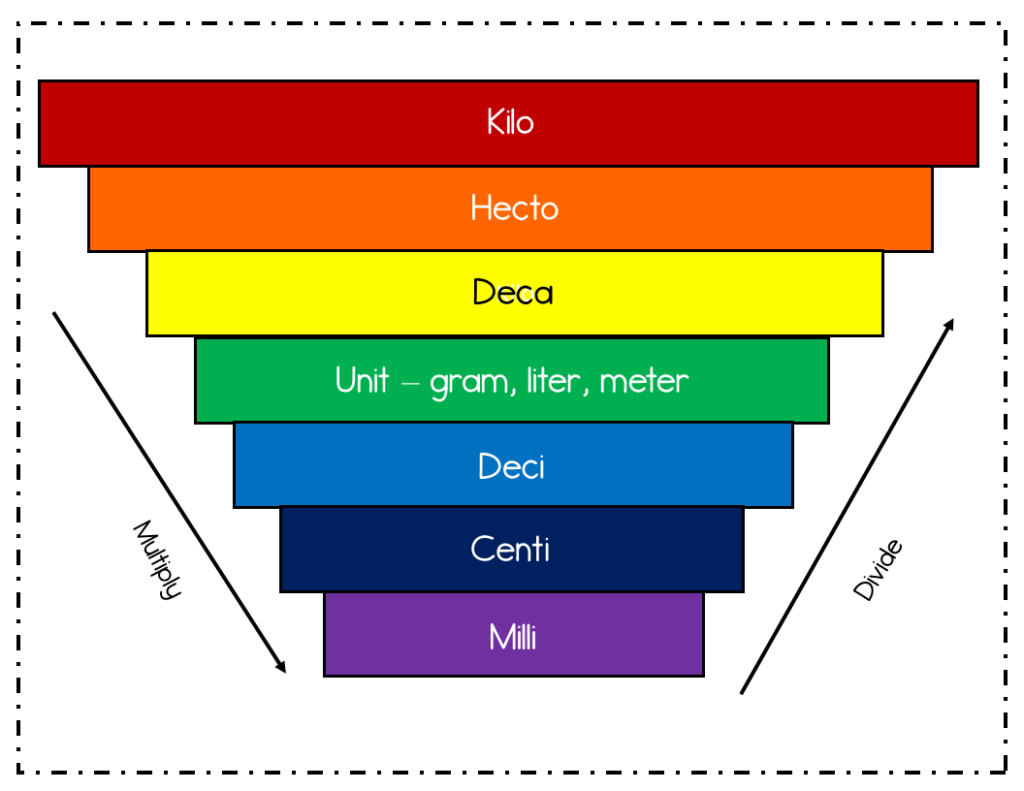
I use the following steps to teach my fifth graders how to convert units of the metric system.
First, we use a chart like the one pictured. We practice converting smaller to larger and vice versa using the chart.
Next, we write equations for converting units. For example, 6 m = ____ cm. The conversion equation would be 6 m x 100 = _____ cm because there are 100 cm in 1 meter.
Finally, we review and use our Powers of Ten skills and move the decimal.
I use worksheets for these activities.
Reinforce Using the Metric System
Finally, reinforce the learning by encouraging your students to use the metric system in their daily lives. Encourage them to use metric units when measuring things at home, and remind them of the benefits of using the metric system.
I reinforce the use of the metric system in my classroom by using task cards and scavenger hunts throughout the year. It’s so easy for students to forget once the metric system unit is over, so I try to give opportunities to use the metric system whenever I can.
Practice, Practice, Practice
Provide plenty of opportunities for students to practice using the metric system. You can give them worksheets or quizzes or have them play games that involve measuring things using the metric system.
Overall, teaching the metric system to fifth graders in the US can be a fun and engaging experience with the right approach. By starting with the basics, using real-life examples, providing hands-on activities, and reinforcing the learning, you can help your students master the metric system in no time.




